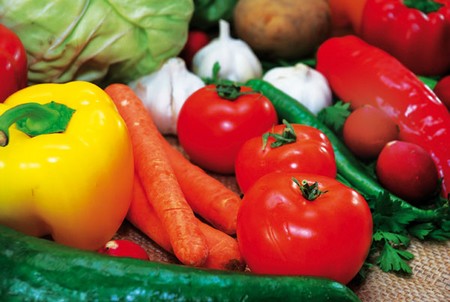Walk into today’s natural food market and you’ll see fresh fruits available in fairly constant supply during the entire year. Fresh fruits add color and variety to any meal. Because of their natural sweetness, they are great for dessert and are a good low fat snack alternative.
And these are the points to be considered while buying fruits:
Wholesomeness: There is no substitute for your own experience in choosing the right quality of fresh fruit for different uses, so do it yourself. And here are the tips:
- Don’t just buy because of low price
- Buy only what you need
- Keep on the lookout for deterioration
Quality of the fruits: Product quality can decline rapidly on display. Sometimes, this off-quality fruit can be bought for less money, but the waste in preparation may offset the price reduction. Appearance and quality are closely associated in many respects, but fine appearance does not always denote fine quality. Often a very attractive fruit may not taste good because of a varietal characteristic or because of some internal condition such as over maturity. On the other hand, a fruit with poor appearance due to poor color or superficial blemishes may be delicious.
Buy in season: Quality is usually higher and prices are more reasonable when fruit is in season. Out-of-season yield will be generally more expensive. When you must handle a fruit to judge its quality, use thoughtful care to prevent injury. Rough handling causes spoilage and waste. The consumer pays for carelessness in the long run.
Nutritive Value: Fresh fruits and fruit juices contain many vitamins and minerals, they are low in fat (except avocados) and sodium, and they provide dietary fiber. USDA nutritionists recommend 2 to 4 servings from the fruit group each day. Count as a serving an individual unit (one medium apple, pear, banana, orange), a fraction of a unit (grapefruit half, melon wedge), 1/2 cup berries, 1/2 cup chopped or cooked fruit, or 3/4 cup fruit juice. Whole, unpeeled fruit is higher in fiber than peeled fruit or fruit juice.
Labeling: Under federal guidelines, a substantial number of retailers must provide nutrition information most frequently eaten raw fruits. The nutritional information may appear on posters, brochures, leaflets, or sticker near the fruit display. It may include serving size calories per serving; amount of protein, total carbohydrates total fat, and sodium per serving; and percent of the U.S. Recommended Daily Allowances for iron, calcium, and vitamins A and C per serving.
Quality: Some fruits are labeled with a USDA quality grade. The quality of most fresh fruits can be judged reasonably well by their external appearance.
So, just follow these steps and be healthy ever.
